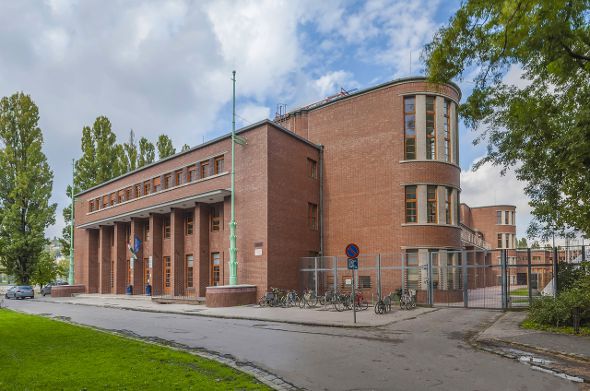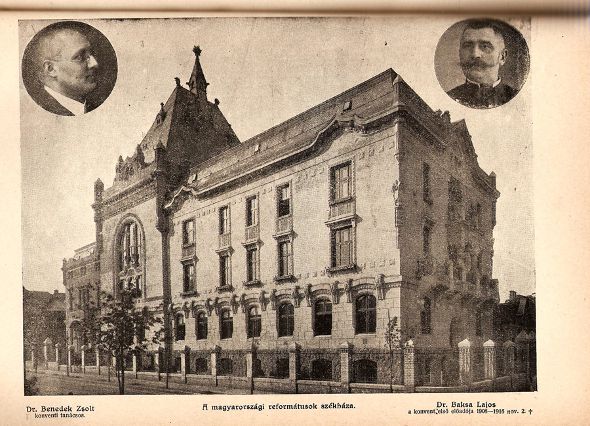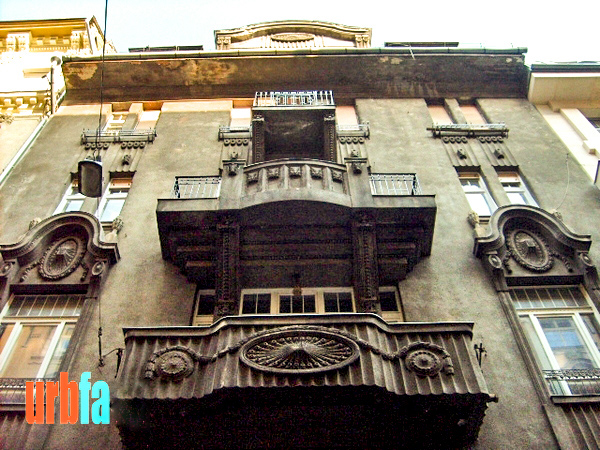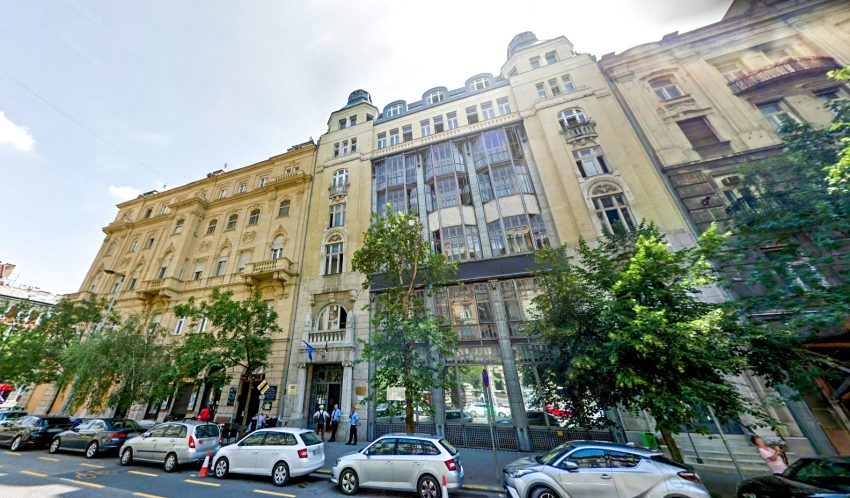Dubbed as the Hungarian Dolphin, Alfréd Hajós (1878-1955) was not only Hungary’s first Olympic champion, but also the first modern Olympic swimming champion, as well as a talented architect, who mastered the profession under Ignác Alpár and Ödön Lechner.
What’s more, as the winner of the art competition at the 1924 Paris Olympic Games, he’s one of only two Olympians ever to have won medals in both sport and art Olympic competitions. On the occasion of Hajós’ 142th birthday (held on 1 February), we have rounded up some of the architect-sportsman’s best works from Budapest, while still more of his buildings can be found in towns like Miskolc, Szeged, or Debrecen.
National Swimming Stadium
One of the most renowned buildings of Hajós, Margaret Island’s National Swimming Stadium was built in 1930, just six years after winning the art competition at the Olympics. Hajós made three different plans until the last one finally got the green light: the first plan was more conservative, while the second envisioned the building with Egyptian-style columns. The realized design follows Art Deco aesthetics: inspired partly by the Olympic Stadium of Amsterdam (compare the clinker brick facades of the two buildings) and Frank Lloyd Wright’s Midway Gardens (demolished in 1929), the ferro-concrete stadium features only subtle decoration, mostly in the form of terracotta tiles framing the windows above the entrance, and relies more on the interplay between the weight and forms of the different sections. At the time of its construction, the National Swimming Stadium was considered the largest indoor swimming hall in Europe with its 33-metre long and 18-metre wide swimming pool.
1138 Budapest, Margitsziget

Synod Center of the Reformed Church
Designed by Hajós together with his colleague János Villányi, the Synod Center of the Reformed Church was built in 1909 and is located on the corner of Abonyi and Szabó József utca in the Zugló neighborhood of Budapest. The monumental, three-story palace blends together artfully the elements of late historicism with the shapes and symbolism of Art Nouveau: the stoops are guarded by winged lions, the windows are watched by owls (the beloved figures of Hungarian Art Nouveau represent knowledge and wisdom), while the facade and interiors are richly adorned with floral motifs. On the corner of the building, those with a sharp eye can catch the names of the architects composed of golden mosaics.
1146 Budapest, Abonyi utca 21.

Füzesséry Apartment Building
Found only a couple of minutes’ walk from Astoria, nested in the narrow Gerlóczy utca, the Füzesséry Apartment Building was also designed in the Art Nouveau style by the Hajós-Villányi duo. The construction was commissioned in 1903 by the mother of Dr. Árpád Füzesséry, the secretary of the Hungarian Athletics Association and the Hungarian Swimming Association at the time, who was a good friend of Hajós, himself the captain of the Hungarian Football Federation. The four-story building extends in the back into the neighboring Vitkovics Mihály utca, where it shows a cleaner, brighter face.
1052 Budapest, Gerlóczy utca 7.

The Headquarters of the Hungarian Agronomist Union
Constructed in 1911, once again designed by Hajós and Villányi, this towering pre-modern building is one of the most exceptional edifices of Alkotmány utca, the stately street leading up to the Kossuth tér entrance of the Hungarian Parliament. Now occupied by the Department for Agriculture and Rural Development, thankfully the connection between the building’s function and exterior ornamentation (corn cobs and cow heads) hasn’t been lost. Topped by a mansard roof that ends in two pyramid-shaped turrets, the facade’s most striking feature is the five-story high middle projection, made of metal and glass, anticipating the impending popularity of the two materials in 20th century architecture.
1054 Budapest, Alkotmány utca 29.
